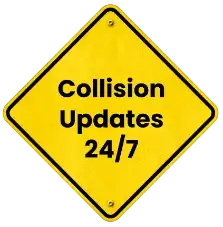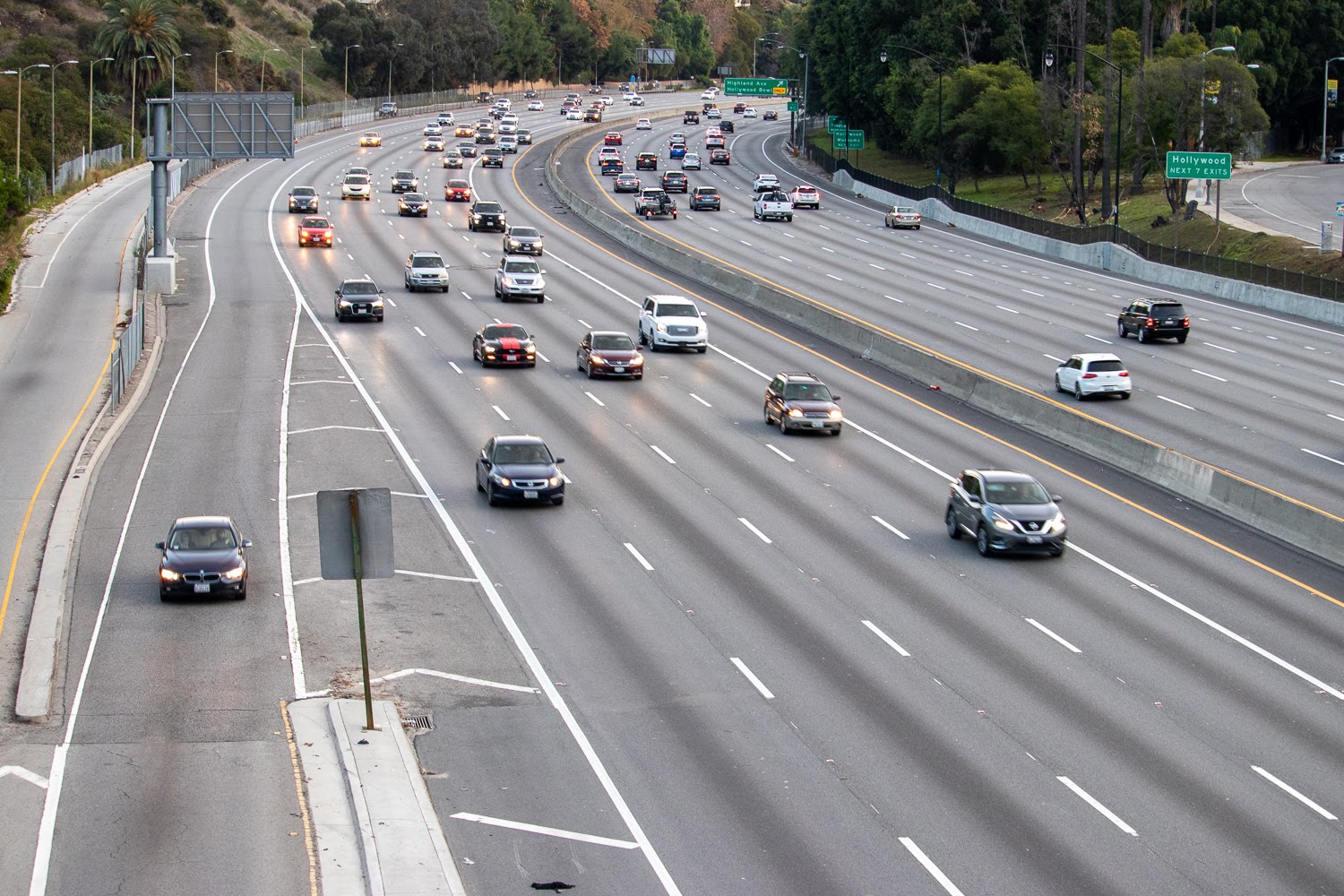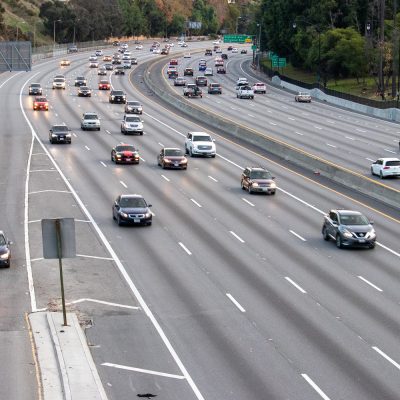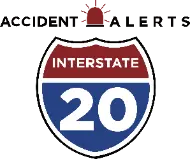
Pedestrian & Cyclist Accidents Near I‑20


Interstate 20 (I-20) stretches across several states in the U.S., providing a vital route for both local and interstate traffic. From Atlanta to Dallas, it serves as an essential thoroughfare for commuters, truckers, and travelers.
However, as traffic volume increases, so does the risk of accidents, especially for pedestrians and cyclists near interchanges. These areas, which are designed for vehicles, pose significant hazards to non-motorized road users. This blog post will explore the dangers pedestrians and cyclists face near interchanges on I-20, as well as provide insight into safety measures and legal protections that can help mitigate these risks.
Understanding the Challenges: Interchanges on I-20
Interchanges are essential components of modern highways, designed to allow vehicles to switch from one road to another. They often feature multiple lanes, ramps, and high-speed roadways. While interchanges help maintain the flow of traffic, they can be treacherous for pedestrians and cyclists who must navigate through or near them.
Typically, interchanges on I-20 consist of multiple high-speed lanes that handle heavy vehicle traffic. These areas can be confusing, with vehicles entering and exiting at rapid speeds, which makes it difficult for pedestrians and cyclists to find safe passage. Unfortunately, most interchanges were not designed with non-motorized users in mind, and as such, these areas lack adequate infrastructure for their safety.
Pedestrian and Cyclist Risks at I-20 Interchanges
I-20 is a high-traffic road with significant daily commuter activity, especially near urban centers. The constant movement of large trucks, cars, and buses can make it difficult for pedestrians and cyclists to safely navigate the area.
High-speed traffic at interchanges increases the likelihood of accidents due to factors like sudden lane changes or driver distraction. In many cases, cyclists and pedestrians are forced to share the road with these fast-moving vehicles, putting them at great risk.
One of the most significant issues is the lack of dedicated pathways for pedestrians and cyclists near interchanges. Most interchanges are designed with vehicle traffic in mind, leaving non-motorized users to find alternative routes or attempt to cross complex roadways with no designated pedestrian paths.
This lack of infrastructure forces cyclists to ride on the shoulder or the road itself, where they are at the mercy of fast-moving traffic. Similarly, pedestrians often have no safe area to walk, especially if there are no sidewalks or crosswalks to guide them across the interchange.
Being visible is essential for the safety of pedestrians and cyclists. Unfortunately, the layout of many interchanges makes it difficult for drivers to spot non-motorized users. Obstructions like trees, trucks, or other vehicles can block the view of cyclists and pedestrians, and vice versa.
In these high-speed areas, split-second decisions can determine the outcome of an accident. In some cases, pedestrians and cyclists may be invisible to drivers until it’s too late to react.
Nighttime poses an additional risk. Many interchanges lack proper street lighting, making it even harder for drivers to see pedestrians or cyclists in low-visibility conditions. As a result, the likelihood of accidents increases significantly after dark. If they have to cross multiple lanes of traffic, poorly lit interchanges also make it difficult for non-motorized users to navigate safely.
Types of Accidents Involving Pedestrians and Cyclists Near I-20 Interchanges
One common type of accident near I-20 interchanges is pedestrian hit-and-run collisions. With drivers often speeding through these areas and the lack of clear crosswalks, it’s not uncommon for pedestrians to be struck by vehicles, particularly when visibility is poor. Unfortunately, many of these accidents go unreported, as the responsible driver may flee the scene.
Cyclists are also at risk of accidents near interchanges, especially if they have to share the road with large trucks or fast-moving vehicles. When cyclists are forced to ride on the shoulder or in traffic, they face the danger of being clipped by passing vehicles. Additionally, sudden lane changes by drivers can cause cyclists to lose balance and fall into traffic, resulting in serious injuries.
Pedestrians and cyclists often take risks by crossing interchanges at unmarked or unsafe points. Without clear signals or proper crosswalks, many pedestrians opt to cross where they feel it’s most convenient, which may not always be the safest choice. As a result, they often find themselves in the path of oncoming traffic and expose themselves to devastating accidents.
Safety Measures and Improvements Needed
To improve safety for pedestrians and cyclists, significant changes are needed to the infrastructure near interchanges. These areas should be redesigned to include dedicated bike lanes and pedestrian walkways, separated from traffic. Installing pedestrian bridges or tunnels at high-risk interchanges would allow non-motorized users to cross safely without having to navigate dangerous roadways. Proper signage, including clear crosswalks and pedestrian signals, is also essential to guide pedestrians and cyclists across these areas.
Implementing pedestrian-friendly traffic signals and dedicated crossing times can reduce the risk of accidents. Crosswalks with signals that give pedestrians priority during specific intervals will help improve safety and reduce confusion. In addition, integrating bike signals for cyclists would ensure they have safe, designated times to cross busy interchanges.
What Can Be Done Legally to Prevent These Accidents?
Pedestrians and cyclists are legally protected under traffic laws in many states, which require drivers to yield to them in specific situations. However, these laws are often ignored, which leaves non-motorized users vulnerable to negligent drivers.
Inconsistent law enforcement and a lack of driver awareness contribute to the problem, particularly at interchanges where complex layouts and high-speed traffic increase the risks. Strengthening legal protections, improving enforcement, and investing in better infrastructure, such as designated crosswalks and cycling lanes, are essential for ensuring the safety of pedestrians and cyclists. Public awareness campaigns can also help educate both drivers and non-motorized users about their rights and responsibilities.
Contact an I-20 Personal Injury Attorney
If you’ve been injured on I-20, you need experienced legal representation to protect your rights. Our skilled I-20 personal injury attorney is here to help you navigate the complexities of your case and secure the compensation you deserve. Contact us today for a free consultation and let us fight for you.
